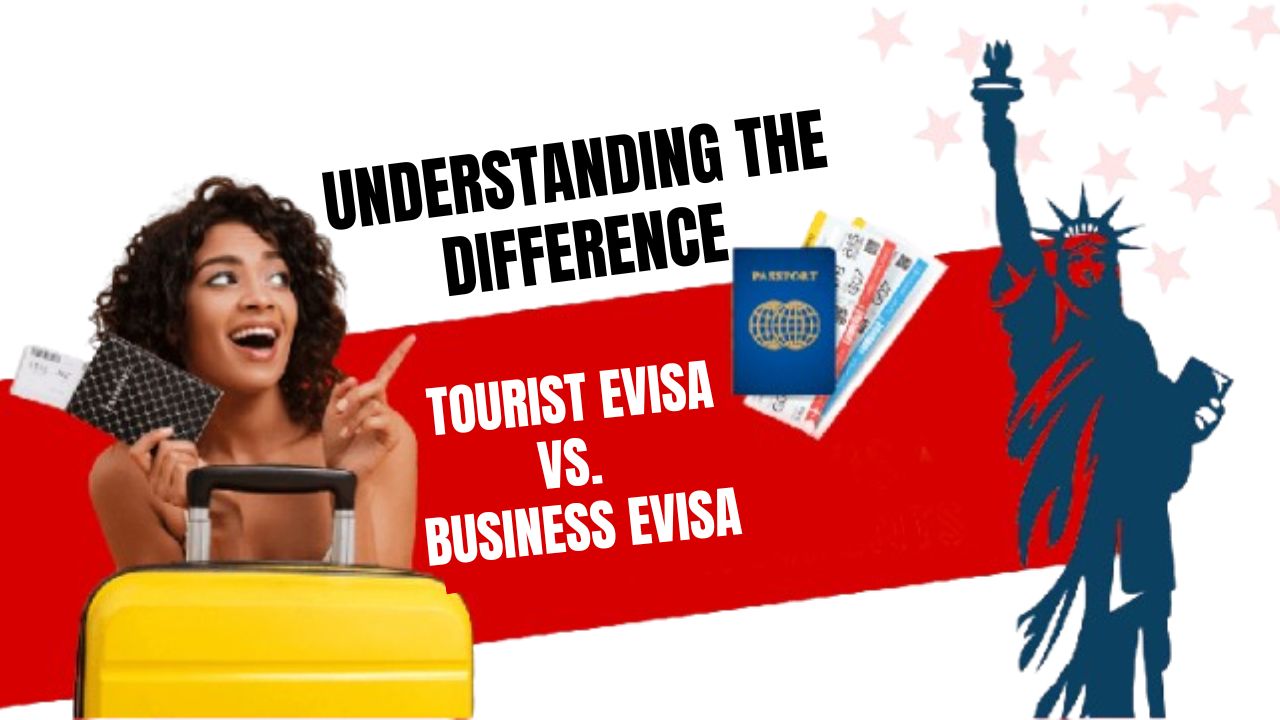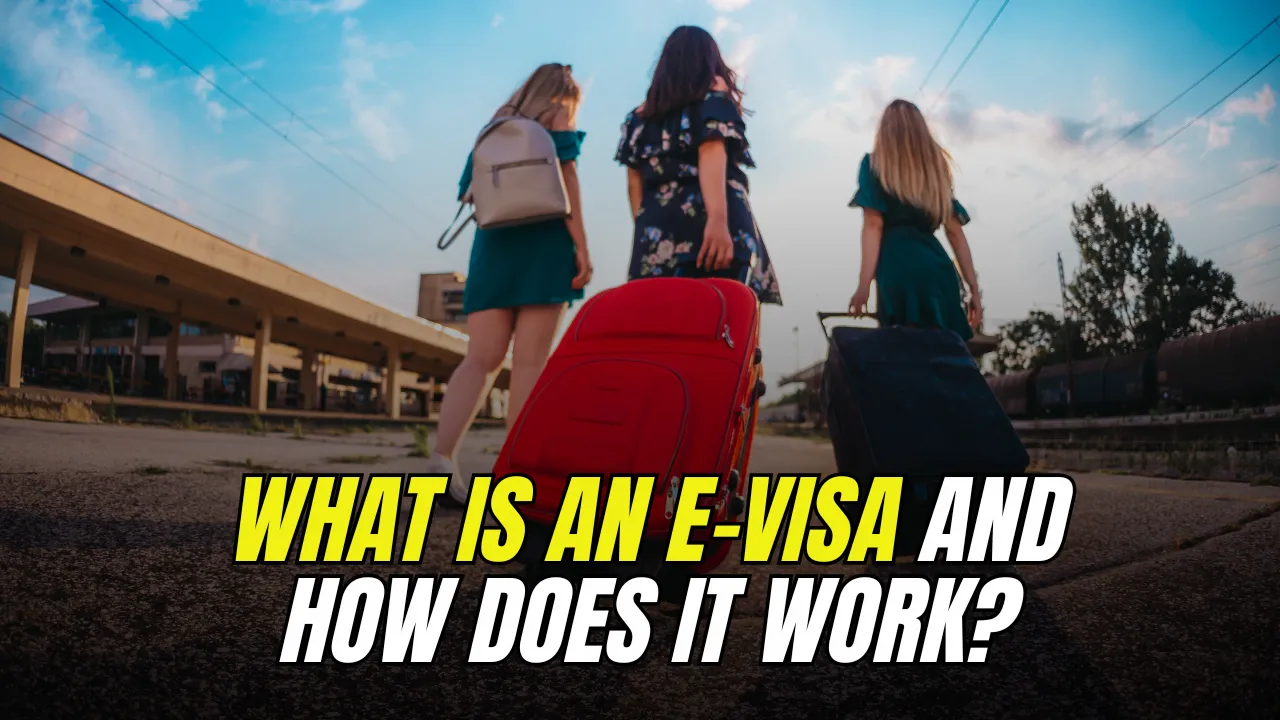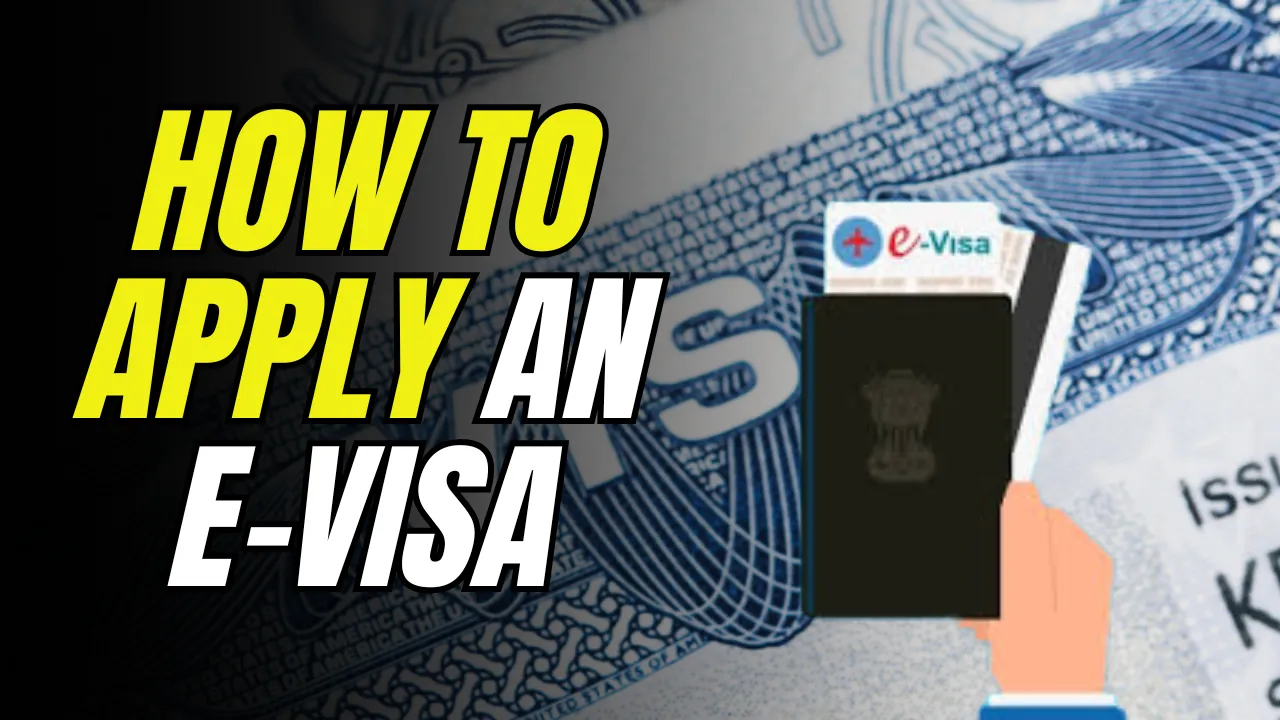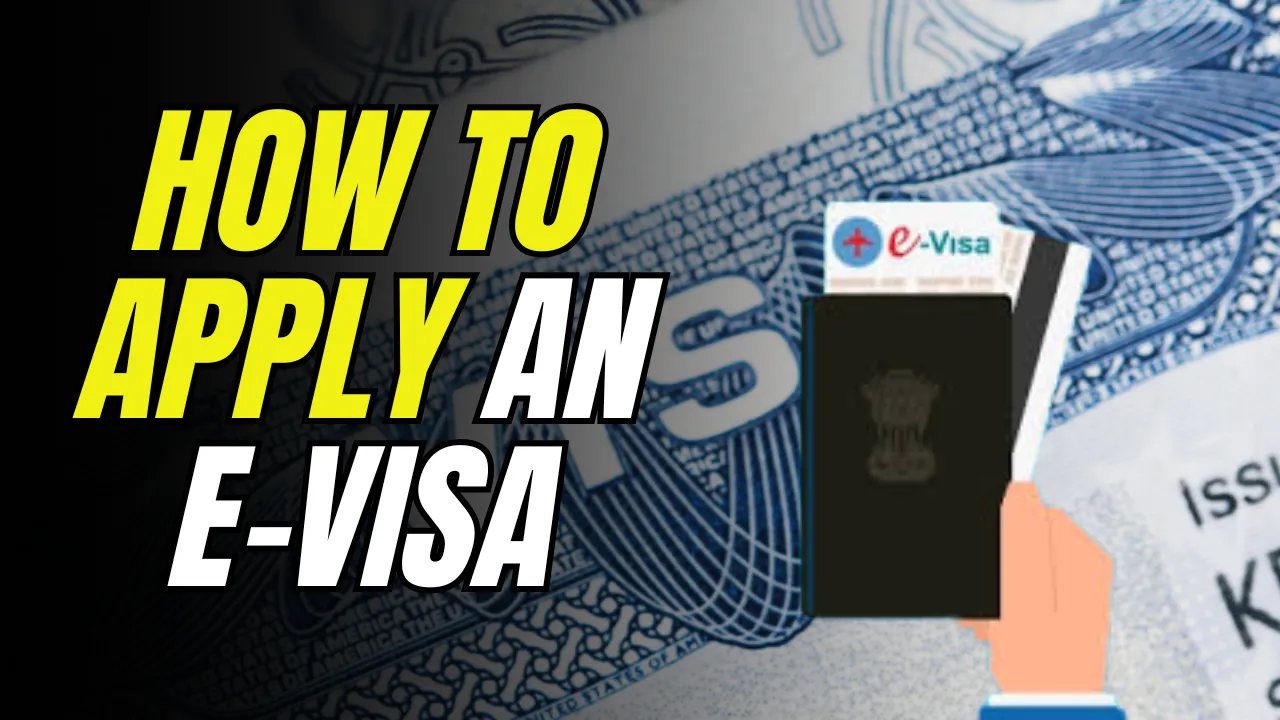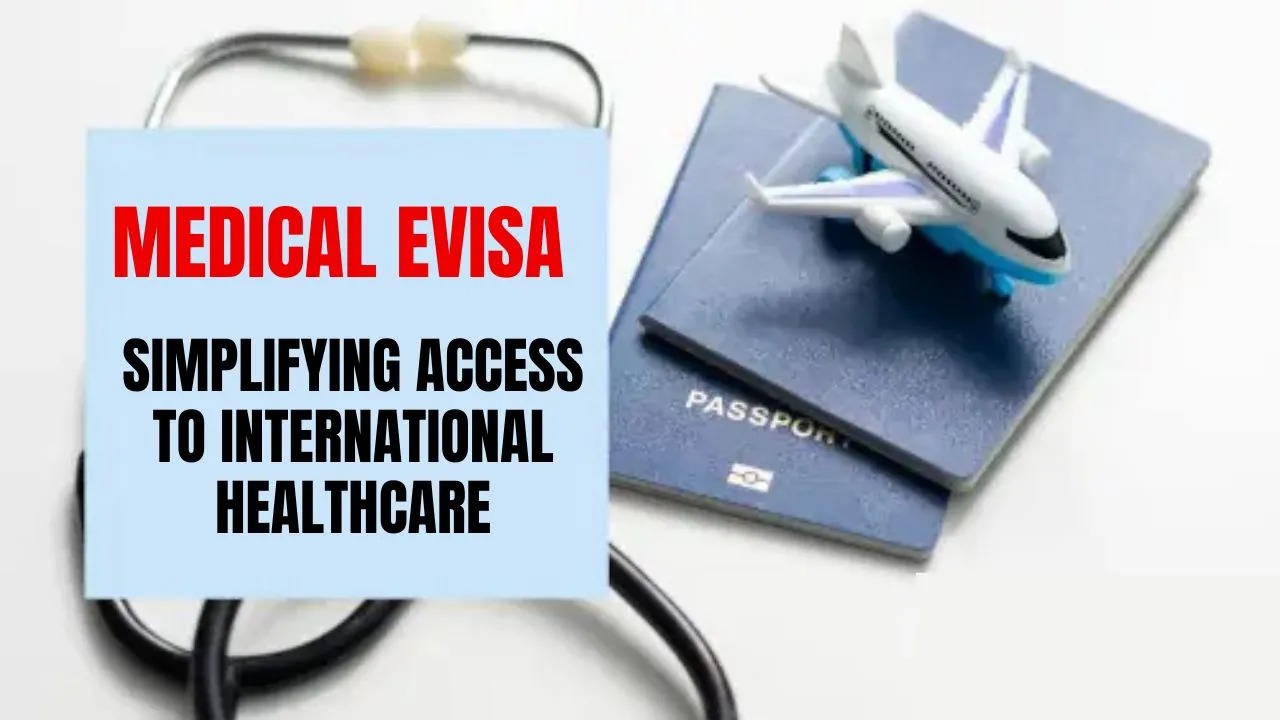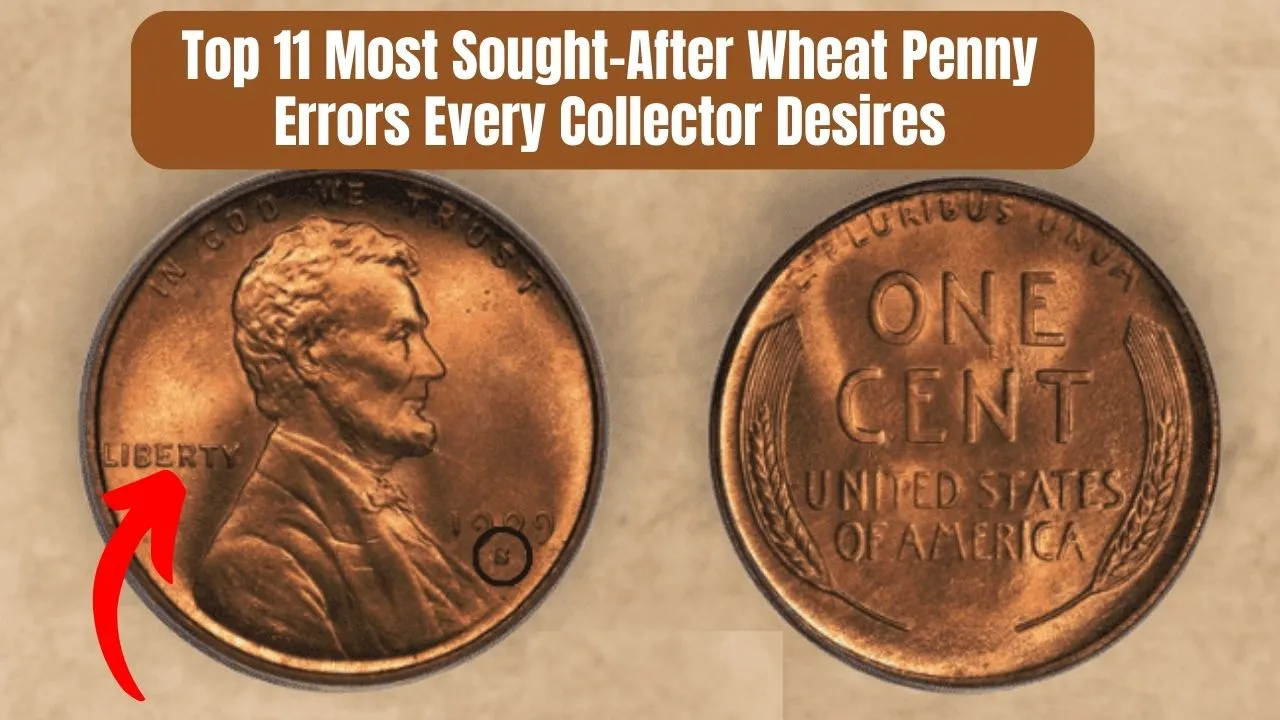Applying for the right visa is essential when traveling internationally. Whether exploring new destinations or attending business meetings, understanding the differences between a tourist eVisa and a business eVisa is crucial. Both visas allow travelers to enter foreign countries for short-term stays, but their purposes, eligibility requirements, and permitted activities vary.
This article compares tourist and business eVisas, highlighting their key differences, application processes, required documents, and validity periods. By the end, you’ll know which visa suits your travel needs and how to apply successfully.
Tourist eVisa vs. Business eVisa: What’s the Difference?
A tourist eVisa is designed for individuals traveling for leisure, sightseeing, or visiting friends and family. It does not permit any form of business activity. On the other hand, a business eVisa is intended for professionals attending meetings, conferences, or trade shows. While both visas are applied for online, their eligibility criteria, allowed activities, and required documents differ.
Overview Table
| Feature | Tourist eVisa | Business eVisa |
| Purpose of Travel | Leisure, tourism, or visiting friends and family | Business meetings, conferences, and trade shows |
| Eligibility Requirements | Open to most travelers meeting basic criteria | Requires proof of employment and business purpose |
| Allowed Activities | Sightseeing, leisure, and cultural experiences | Business-related activities, excluding long-term work |
| Application Process | Online application with minimal documents | Online application with additional business documentation |
| Required Documents | Passport, photo, travel itinerary | Passport, photo, invitation letter, and proof of employment |
| Processing Time | Typically faster, often within a few days | Slightly longer due to additional verification |
| Validity and Stay Duration | Short-term, usually 30 to 90 days | Short-term, often 30 to 90 days, with multiple entries |
| Entry Options | Single or double entry | Single, double, or multiple entries |
Key Differences Between Tourist eVisa and Business eVisa
Purpose of Travel
A tourist eVisa is intended for recreational purposes, including sightseeing, cultural experiences, and visiting friends or family. Travelers using this visa cannot engage in any business activities.
In contrast, a business eVisa is designed for professionals traveling for work-related purposes such as attending meetings, conferences, trade shows, or negotiating contracts. It does not permit long-term employment or work in the destination country.
Eligibility Requirements
Both visas have specific eligibility criteria, which vary by country. Generally, applicants must:
- Hold a valid passport with at least six months of validity
- Provide a recent passport-sized photograph
- Demonstrate sufficient funds to cover their stay
- Have a return ticket or onward travel plans
For a business eVisa, applicants must also provide proof of employment and an invitation letter from a company in the host country.
Allowed Activities During Stay
A tourist eVisa allows travelers to explore tourist attractions, experience local culture, and visit friends or family. It does not permit any business activity, including attending meetings or conducting business transactions.
A business eVisa, on the other hand, allows travelers to participate in business meetings, conferences, trade shows, and networking events. However, it does not permit long-term employment or direct involvement in local business operations.
Application Process Comparison
The application process for both visas is straightforward and conducted online. The main steps include:
- Visit the official government website of the destination country.
- Complete the online application form with personal and travel details.
- Upload the required documents in the specified format.
- Pay the application fee using a credit or debit card.
- Apply and wait for the confirmation email.
- Download and print the eVisa upon approval.
Required Documents for Each Visa Type
Tourist eVisa:
- Valid passport with at least six months of validity
- Recent passport-sized photograph
- Travel itinerary, including flight and accommodation details
- Proof of sufficient funds to cover travel expenses
Business eVisa:
- Valid passport with at least six months of validity
- Recent passport-sized photograph
- Invitation letter from a company in the host country
- Proof of employment, such as an employment letter or company ID
- Travel itinerary, including flight and accommodation details
- Proof of sufficient funds to cover travel expenses
Processing Time and Fees
Processing times for both visas vary depending on the destination country. Tourist eVisas are typically processed faster, often within a few days. Business eVisas may take slightly longer due to the additional verification of business documents.
Fees for both visas also vary by country. Business eVisas often have higher application fees due to the additional processing required. Some countries offer expedited services for urgent applications at an additional cost.
Validity and Duration of Stay
The validity and duration of stay for both visas depend on the destination country and the visa type selected. Most tourist and business eVisas are valid for short-term stays, typically ranging from 30 to 90 days. Some countries offer extended validity periods, but travelers must leave before the visa expires.
Entry Options: Single, Double, and Multiple Entries
Tourist eVisas usually offer single or double-entry options, allowing travelers to enter the country once or twice during the visa’s validity period.
Business eVisas often provide more flexibility, with single, double, and multiple-entry options available. Multiple-entry visas are particularly useful for professionals who need to visit the same country frequently for business purposes.
Common Mistakes to Avoid for Each Visa Type
- Submitting incomplete or inaccurate information on the application form
- Uploading documents that do not meet the required format or size specifications
- Applying too close to the travel date, risking delays in approval
- Choosing the wrong visa type, which may result in rejection or complications during travel
- Using unofficial websites, which may lead to delays or application rejections
Choosing the Right Visa for Your Travel Needs
Choosing the right visa depends on the purpose of your trip. If you’re traveling for leisure, sightseeing, or visiting friends and family, a tourist eVisa is the correct choice. However, if your trip involves business meetings, conferences, or trade shows, you should apply for a business eVisa. Selecting the appropriate visa ensures compliance with the host country’s regulations and avoids potential issues during your stay.
Tips for a Successful Application
- Ensure your passport is valid for at least six months beyond your intended arrival date
- Double-check all information before submitting the application
- Upload clear, high-quality copies of all required documents
- Apply well in advance to avoid last-minute delays
- Use only official government websites to apply for your eVisa
Conclusion
Understanding the differences between a tourist eVisa and a business eVisa is essential for smooth international travel. While both visas offer the convenience of an online application process, their purposes, eligibility requirements, and allowed activities are distinct. By selecting the correct visa and ensuring all required documents are submitted, travelers can enjoy a hassle-free experience, whether they are exploring new destinations or attending important business events.
